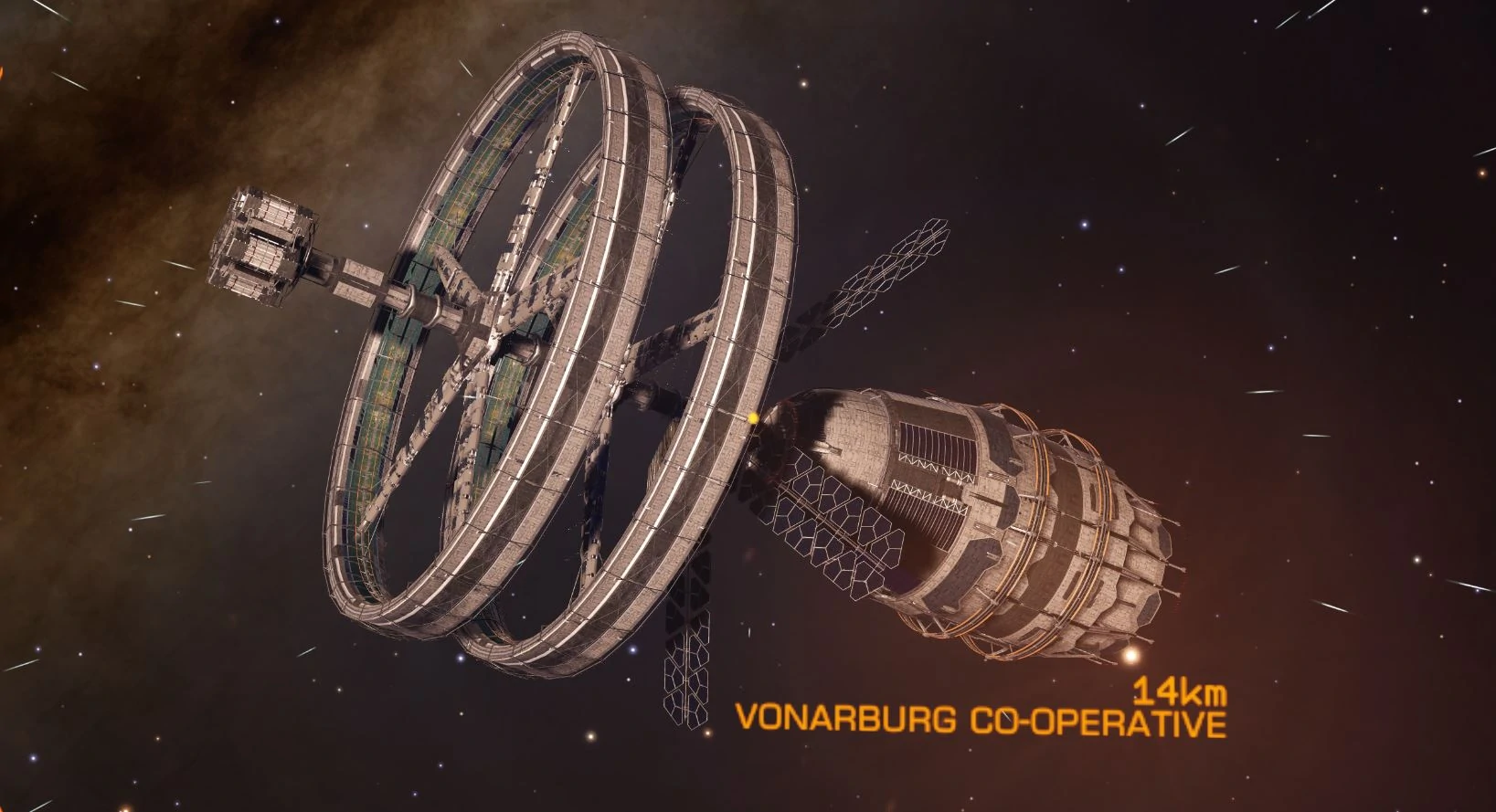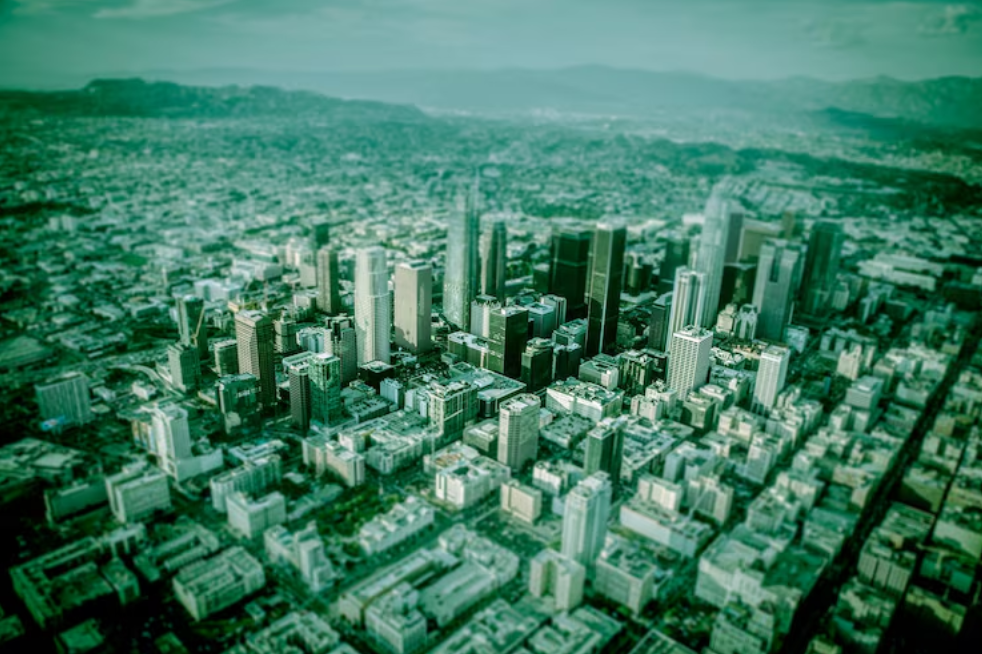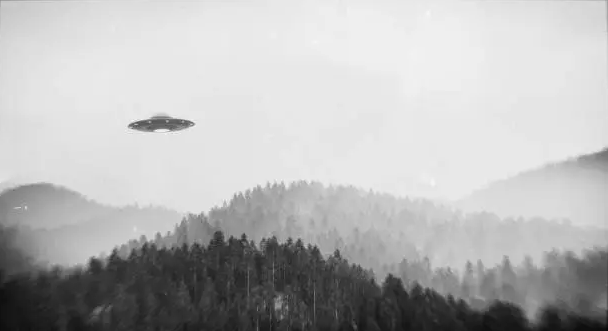Non-Earth Urban Growth
Renewed interest in space travel

As mankind begins to explore the vastness of space, practicality seeks preparedness. How can people live long-term in space? And to this comes another important question regarding large groups of people.
There are certain needs people require in a living environment. One of the necessary practices CATTCC promotes as one of the most important aspects to living is also completely overlooked as a serious component to apartment and many tract housing designs. While designers focus on the use of contemporary colors, faux patterns and glossy reflections; those fashion concerns have no importance to sustainability. Functionality is a serious matter of consequence to life in a space environment.
The pursuit of intelligence seeks education. Those who seek wisdom find their answer in simplicity. The complexity of all things is found with the movement in patterns of frequencies.
The field of theoretical physics holds many opinions regarding the makeup of matter. A large segment of debate argues magnetism. Electromagnetic fields are accepted as surrounding Earth. With this agreement of understanding, what is the ingredient necessary to hold a magnetic field? This answer can cause argument within the scientific community. However, even within that community they would conclude: ferrous material. The main component of dirt is ferrous material.
Dirt provides an environment that stimulates plant growth. Dirt is a necessary component an urban development. Plants provide nutrients to sustain life. As such, this is an absolute necessity for any long-term space flight environment where life is to be sustained.
Dirt is seen in modern urban land-use design as an unnecessary intrusion. When this same environmental mindset of eliminating dirt, is engineered as a priority to eliminate weight and compressing size constraints for any long-range space travel; priorities need to be recalibrated.
Dirt provides nutrients and magnetic fields necessary for life. Nature with gardens are necessary. This applies to urban growth design and space travel.
An article from https://bigthink.com/the-future/asteroid-city/ provides a provocative study by University of Rochester; professor of physics and astronomy Adam Frank. The U of R study is based on an “O’Neill Cylinder”, named for Gerard O’Neill.
The Wikipedia article of Gerard O’Neill is very thought provoking. Here is an excerpt: “An O'Neill cylinder would consist of two counter-rotating cylinders. The cylinders would rotate in opposite directions to cancel any gyroscopic effects that would otherwise make it difficult to keep them aimed toward the Sun. Each would be 5 miles (8.0 km) in diameter and 20 miles (32 km) long, connected at each end by a rod via a bearing system. Their rotation would provide artificial gravity.”
After man landed on the moon in the 1960s, the horizon to space travel exploration increased to unlimited potential. The quest for a moon colony as a step towards greater reaches into space flight, stopped in the mid-70s.
After a 50-year hiatus there is now a renewal of interest in the quest for space travel. This global interest is a growing reflection of mankind’s natural inclination to explore. Is speculation necessary to explain the 50-year gap? A psychologically based conversation or perhaps philosophical discussions about the social state of Western culture could find the answer. In either case, the topic of seeking livable environments in space provides an alternative for hope as a place that escapes the devastation from social chaos.
photo credits:
University of Rochester illustration / Michael Osadciw



